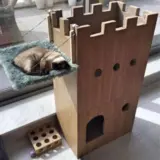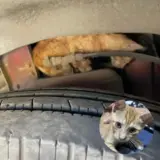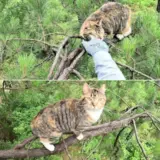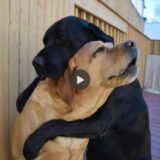As dog owners, it’s crucial to comprehend the behaviors displayed by our canine companions.
Understanding common dog behaviors and their underlying causes is essential for building a strong bond with our furry friends.
In this article, we will explore 10 common dog behavior and provide practical solutions to address them.
Whether you’re a new dog owner or have years of experience, this comprehensive guide will help you navigate the world of dog behavior.
1. Chewing
What is “Chewing”?
Chewing is a natural behavior for dogs and serves various purposes.
It helps them explore their environment, relieve teething discomfort, exercise their jaw muscles, and even alleviate stress or boredom.
However, destructive chewing can occur when dogs target inappropriate objects like furniture, shoes, or household items.
Solutions
- Provide appropriate chew toys:
These toys help redirect their chewing behavior to acceptable items.
Opt for toys made of sturdy materials like rubber or nylon, and avoid toys that resemble household items to prevent confusion. - Supervision and management:
Until your dog has learned appropriate chewing habits, it’s crucial to supervise them closely, especially when they are in new environments or unsupervised areas. Limit access to rooms or areas where valuable or dangerous objects are present. Use baby gates or crate training when necessary. - Positive reinforcement:
When you catch your dog chewing on an appropriate item, praise and reward them with treats or verbal praise.
Positive reinforcement helps reinforce the desired behavior and encourages them to choose the right items to chew on. - Provide mental and physical stimulation:
Ensure your dog receives adequate mental and physical exercise through activities like interactive play, puzzle toys, obedience training, and daily walks.
A tired and mentally stimulated dog is less likely to engage in destructive chewing. - Corrective sprays or deterrents:
If your dog persistently chews on specific items, you can use bitter-tasting sprays or deterrents available at pet stores.
Apply these products to the objects your dog is inclined to chew on.
The unpleasant taste or smell can deter them from continuing to chew. - Redirect and replace:
If you catch your dog chewing on something inappropriate, interrupt the behavior with a firm “no” and immediately redirect their attention to an acceptable chew toy. Replace the forbidden object with the appropriate one, reinforcing the idea that chewing on designated toys is desirable. - Seek professional help if needed:
If destructive chewing persists despite consistent training efforts, it’s advisable to consult a professional dog trainer or behaviorist.
They can assess the underlying causes and provide specialized guidance to address the issue effectively.

2. Barking
Understand “Barking”
Barking is a natural form of communication for dogs, but excessive barking can be a nuisance and indicate underlying issues.
Common causes of excessive barking include boredom, fear, territoriality, separation anxiety, or a lack of proper training and socialization.
Solutions
And here are some practical solutions:
- Identify the trigger:
Is it when they are left alone, encounter strangers, or hear loud noises?
Understanding the underlying cause will help in implementing targeted solutions. - Provide mental and physical stimulation:
Ensure your dog receives enough mental and physical exercise through activities like daily walks, interactive play, and puzzle toys.
Engaging their mind and body will help alleviate restlessness and reduce barking. - Establish a consistent routine:
Establish a consistent daily routine for feeding, training & exercise, and playtime.
This structure helps them feel secure and reduces anxiety-related barking. - Obedience training:
Teach them commands like “quiet” or “enough” to indicate when they should stop barking.
Use treats and praise to reward desired behaviors. - Desensitization and counter-conditioning:
Introduce them to the triggers in a controlled manner and reward calm behavior.
Over time, they will learn to associate the triggers with positive experiences, reducing their need to bark. - Consult a professional:
If excessive barking persists despite consistent training efforts, it may be beneficial to seek guidance from a professional dog trainer or behaviorist.
They can assess the situation, identify specific behavior modification techniques, and provide personalized advice to address the barking issue effectively. - Avoid punishment:
Using punishment or harsh methods to stop barking can be counterproductive and may increase anxiety or aggression.
Focus on positive reinforcement and reward-based training techniques.
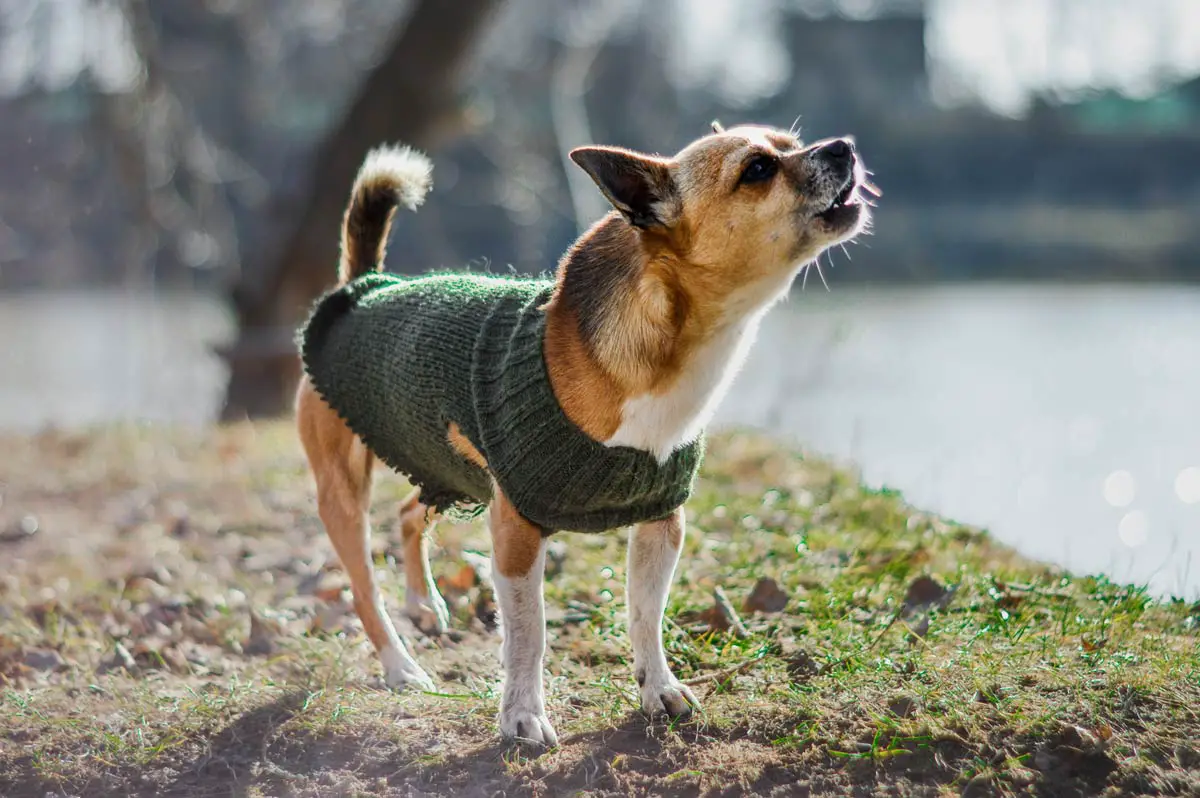
3. Digging
Cause of “Digging”
Digging is an instinctual behavior in dogs that can have various underlying causes.
Some common reasons for digging include seeking comfort or a cool spot, hunting instincts, boredom, anxiety, or a desire to escape or explore.
Solutions
Solution for this situation:
- Provide an alternative digging area:
Designate a specific area in your yard where your dog is allowed to dig.
Bury toys, treats, or bones in that area encourage them to focus their digging behavior there.
Reward and praise them when they dig in the designated spot. - Increase exercise and mental stimulation:
Ensure your dog receives sufficient physical exercise and mental stimulation to combat boredom.
Engage them in regular playtime, provide interactive toys, and consider puzzle toys that mentally challenge them.
A tired and stimulated dog is less likely to engage in destructive digging. - Create a comfortable environment:
Dogs may dig to create a cool spot to lie in or seek comfort.
Provide shaded areas with adequate shelter and access to fresh water.
Consider providing a comfortable dog bed or cooling mat to discourage digging for comfort. - Prevent access to digging areas:
If there are specific areas in your yard that you want to protect from digging, use barriers such as fencing, rocks, or plants to block access.
This will redirect your dog’s attention to more appropriate areas. - Obedience training:
Teach your dog commands such as “leave it” or “no dig” to discourage unwanted digging behavior.
Use positive reinforcement techniques and reward them when they comply with your commands. - Address anxiety or boredom:
Provide mental stimulation, consider interactive toys or treat puzzles, and ensure they have plenty of social interaction and companionship. - Seek professional help if needed:
If your dog’s digging behavior persists or becomes destructive despite your efforts, consult with a professional dog trainer or behaviorist.
They can assess the situation and provide tailored strategies to modify the behavior effectively.
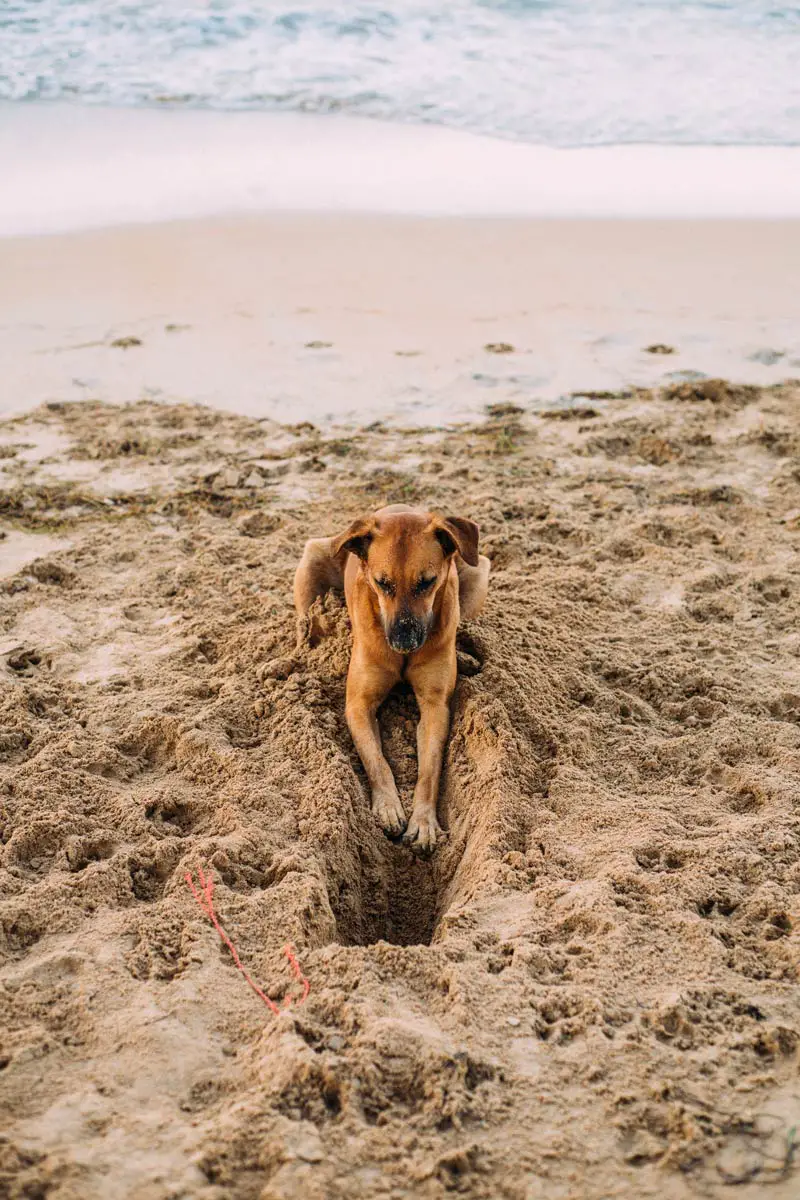
4. Jumping Up
Understand “Jumping Up”
Jumping up is a common behavior in dogs, especially when they greet people or express excitement.
Dogs may jump up to seek attention, establish dominance, or simply out of enthusiasm.
While it may seem harmless, jumping up can be problematic, especially for children or elderly individuals.
Solutions
Some tips for you:
- Consistent training:
Teach your dog alternative behaviors to jumping up, such as sitting or offering a paw.
Use positive reinforcement techniques to reward and reinforce these desired behaviors.
Consistency is vital in helping them understand that jumping is not an acceptable greeting. - Ignore jumping behavior:
When your dog jumps up, avoid giving them attention, as any form of acknowledgment can reinforce the behavior.
Turn your body away and refrain from making eye contact or speaking to your dog until they have all four paws on the ground.
Once they are calm, reward them with attention and praise. - Teach “off” command:
Train your dog to understand the “off” command, which indicates that they should keep their paws on the ground.
Consistently reinforce this command during training sessions and everyday interactions. - Socialize and expose to different situations:
Expose your dog to various social situations, including encounters with people of different ages and sizes.
Gradually increase the level of difficulty by introducing controlled greetings.
Reward calm behavior and discourage jumping. - Manage greetings:
Manage greetings by using a leash or physically preventing your dog from jumping up.
Reinforce positive behaviors like sitting or offering a paw before allowing them to greet visitors or other people. - Seek professional help if needed:
If jumping up persists despite consistent training efforts, it may be beneficial to seek guidance from a professional dog trainer or behaviorist.
They can assess the situation, identify specific behavior modification techniques, and provide personalized advice to address the jumping behavior effectively.
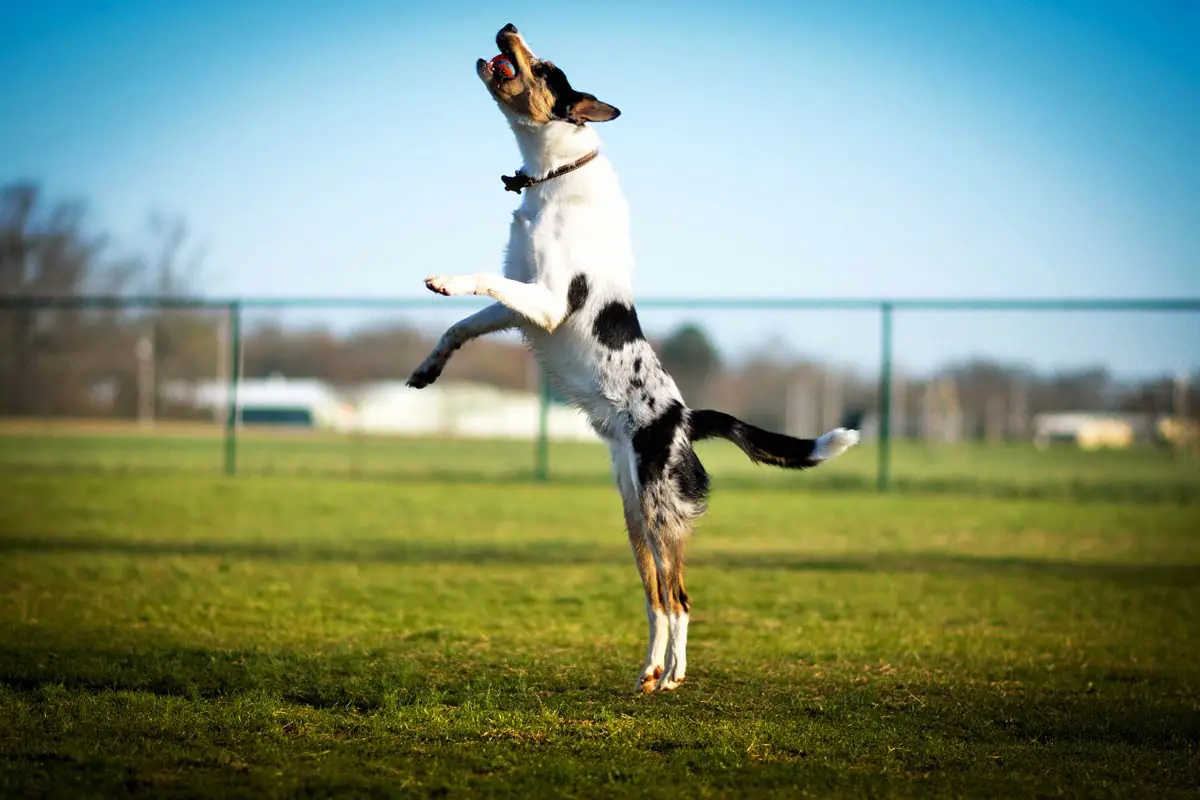
5. Separation Anxiety
What is “Separation Anxiety”?
Separation anxiety is a condition in which dogs experience excessive fear or distress when left alone.
It can stem from a lack of confidence, a traumatic experience, or a strong attachment to their owners.
Dogs with separation anxiety may exhibit behaviors like excessive barking, destructive chewing, pacing, or house soiling.
Solutions
- Gradual desensitization:
Gradually acclimate your dog to being alone by starting with short periods of separation and gradually increasing the duration over time.
Practice leaving and returning without making a big fuss to help your dog learn that departures and arrivals are normal and predictable. - Establish a predictable routine:
Dogs thrive on routine, so establish a consistent schedule for feeding, exercise, and alone time.
Predictability can help alleviate anxiety and provide a sense of security for your dog. - Create a safe space:
Designate a specific area in your home where your dog can feel safe and comfortable when left alone.
Use a crate or a quiet room with their bed, toys, and familiar scents. - Counter-conditioning:
Pair your departures with positive experiences to create a positive association.
Offer special treats or toys that are only given during separation to help your dog associate your absence with something enjoyable. - Provide mental and physical stimulation:
Ensure your dog receives ample mental and physical exercise to reduce anxiety and tire them out.
Engage in activities like interactive play, obedience training, or puzzle toys to keep their minds stimulated. - Seek professional help:
If your dog’s separation anxiety is severe or persists despite your efforts, consult with a professional dog trainer or behaviorist. - Consider calming aids:
Some dogs may benefit from calming aids such as pheromone diffusers, calming music, or anxiety wraps.
These aids can help create a more soothing environment for your dog during periods of separation.

Conclusion
In the first part of this article, we explored five common dog behaviors and their causes.
Stay tuned for the second part of this article, where we will delve into five remaining behaviors and their causes, along with effective solutions to address them.
Related:
10 Common Dog Behaviors: Causes and Solutions (Part 2)
How to Training a Dog – 10 Essential Dog Training Tips for New Owners
Training Tips: Why and How to Socialize Your Dogs or Puppies

